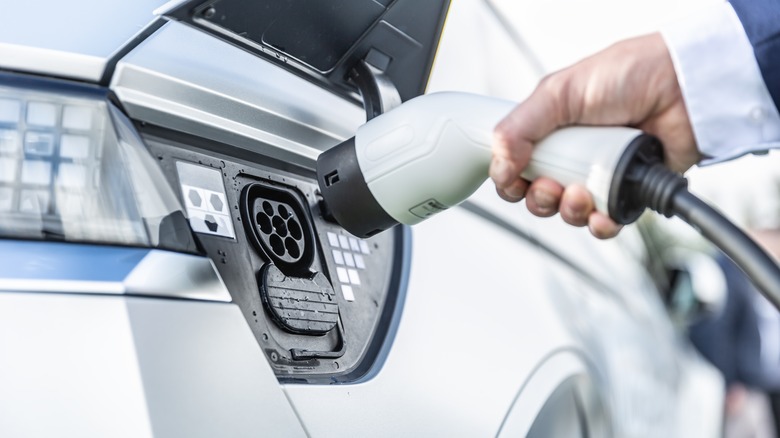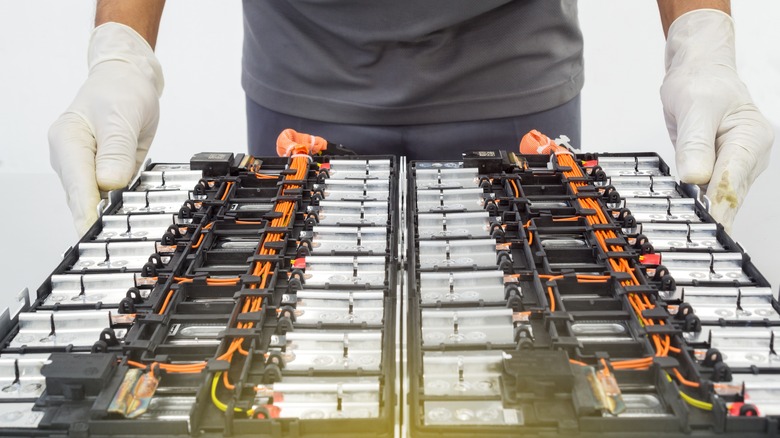This Electric Car Failure Was Decades Ahead Of Its Time
It's natural to assume, as Teslas and cutting-edge hybrids become the face of the future auto industry, that electric cars are new and the dominant paradigm in personal transportation has always been gas propulsion.
Not so. Mass market electric cars were widely available by 1905. One of the first major engineering questions in the automotive industry was, "Which energy source would dominate the market?" Gas won, of course, but as NPR notes there were serious contenders powered by electricity, steam and even hydrogen (via Mercedes-Benz).
Notably, in the 1970s, the whole city of Seattle put its top minds and a fair chunk of taxpayer money toward making that happen. It didn't, of course. Gas cars would dominate the marketplace in and out of Seattle for 50 more years. Looking back at the Seattle City Light projects, however, offers a fascinating snapshot of a future that never was.
Seattle City Light takes on the world
Seattle City Light was well ahead of the marketplace when it came to electric-powered cars. As Seattle's public power utility, City Light has consistently been well-funded and well regarded, giving it time and resources to experiment.
One notable innovation hit the streets in 1968. The Electruc was meant to become an inexpensive city-wide utility vehicle, both for municipal use and private buyers. Its design was deliberately straightforward — bright yellow and boxy, it was visually indistinguishable from other City of Seattle utility trucks. A sign on the side panel declared Seattle City Light's vision: "Your bright new future is all electric."
In 1973, City Light took the next step and committed to an all-electric passenger vehicle. Rather than building a custom electric car, it decided the next step in automotive technology would be built on the back of the inexpensive and widely available (if less than well-regarded) AMC Gremlin. In partnership with Texan inventor "Cotton" Whatley, who had recently built an electric dune buggy (via Times Record News), City Light converted its Gremlins to run on 24 rechargeable six-volt batteries. The Gremlin Electric could run for 50 miles at a top speed of 50 mph and Seattle was sufficiently committed to build an Electro Park charging station where Gremlin drivers could recharge at 25 cents per hour.
City Light's final attempt at a paradigm shift from gas to electric came in the bulky, wedge-shaped form of the RT1. Rolled out in 1976, the RT1 was a completely original electric car. Envisioned as a compact, efficient way to move people around the city in a proposed internal combustion engine exclusion zone, the RT1 ran on just 8 six-volt rechargeables and topped out at a safe 30 mph. Just a tad impactical.

